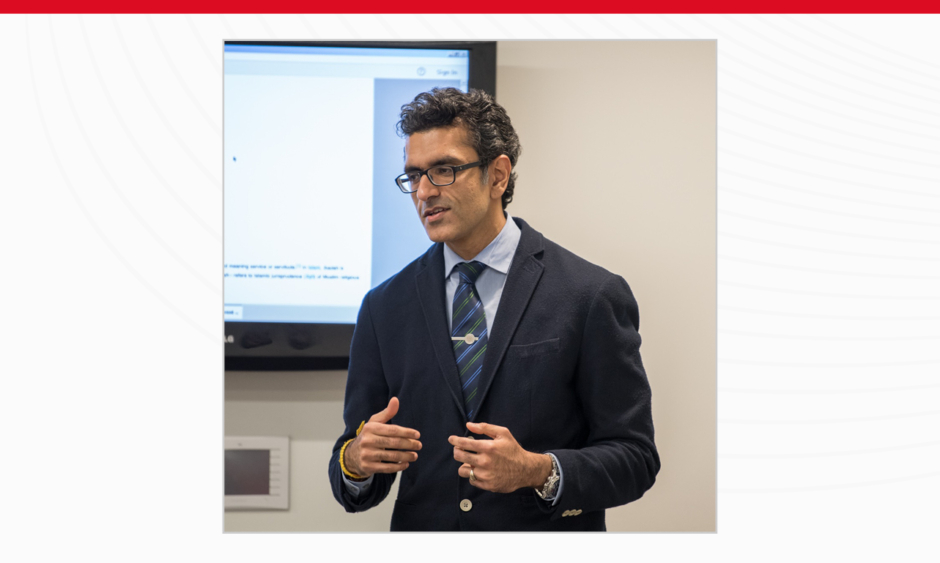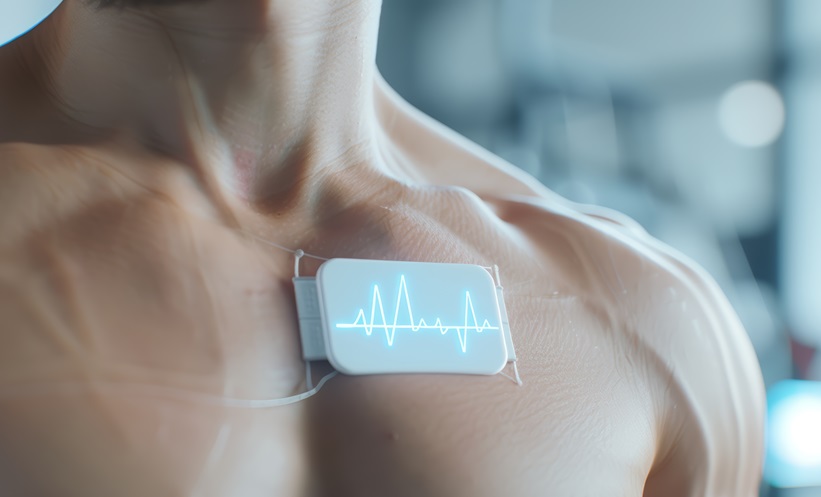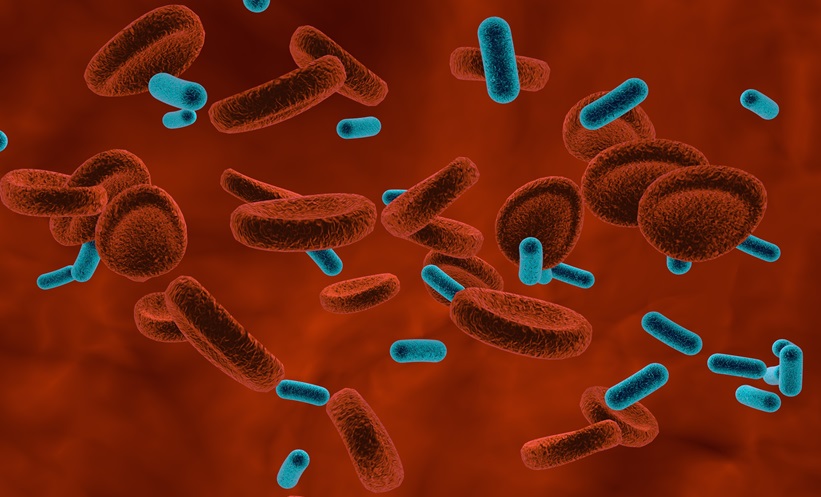Ankur Kalra | Medical Director of Clinical Research for Regional Cardiovascular Medicine at the Cleveland Clinic and Associate Professor of Medicine at the Cleveland Clinic Lerner College of Medicine, Cleveland, Ohio; Section Head of Cardiovascular Research at Cleveland Clinic Akron General, Akron, Ohio, USA
![]()
What challenges did you face in your path to Harvard Medical School and your medical career?
I was born and raised in Delhi, India, and always wanted to come to the USA for advanced training; however, when I came to America, I was told I was not going to be able to train at an Ivy League institution because I was a foreign graduate, I was on a visa, and it’s fairly competitive. So, I think the biggest challenge was to get my résumé up to speed and make it competitive enough for me to compete with the applicant pool that applies for advanced fellowships at Harvard hospitals. Teaching myself to be a good researcher was also extremely challenging because back in India, at least at the time I was training in medical school, the curriculum did not have research built-in as one of the tools that you should learn or master.
How has your position as an interventional cardiologist influenced the poems in your book ‘Ibadah’, and what role can poetry play in medicine generally?
Through the lived experiences of others, especially my patients, I’ve been able to capture the different emotions associated with loss. To be able to write poems on how they feel or how they feel after losing someone is cathartic for me. I am an emotional and sensitive person myself.
Interventional cardiology is considered very aggressive so maybe I’m not the usual interventionalist. I think poetry and arts in general have a role in medicine because they are very healing and cathartic. As physicians taking care of patients who are either going through extremely vulnerable times or have lost loved ones, I think art fills that space of human emotion, which is very relevant. Certainly, the Cleveland Clinic where I work has an Arts and Medicine Institute. Throughout the Cleveland Clinic Main Campus there is a lot of artwork, which is central to the theme of healing and the manifestation of emotions through art in the form of sculpture, painting, and poetry.
In your ‘Parallax’ podcast you have discussed the role of mentorship in medicine. What are your experiences as a mentor and what qualities do you look for in a mentee?
Mentorship is like parenthood; it’s a labour of love, it’s selfless love, and I think that a lot of feedback goes into it. It’s something I enjoy because developing medical students, residents, and fellows to be good clinical investigators is one of my pathways for giving back. I continue to develop myself in developing them. If we are trying to design a project together and they have come up with a solution, it is up to me to make sure that the solution is scientifically and methodologically valid and that the analysis is well done. In doing that, I am also educating myself.
The only qualities that I look for in a mentee are their ability to learn and work hard. Importantly, intelligence is different than knowledge is different than wisdom. You could be extremely intelligent but if you don’t have the work ethic to garner the knowledge that you need to be a good clinical investigator, then that intelligence is of no use. Similarly, if you are intelligent and knowledgeable, you still need the wisdom to put things into clinical perspective.
In 2018 you founded the non-profit startup makeadent.org, which aims to “decrease resource utilisation, improve quality, and yet be frugal.” What initiatives have been implemented to achieve this goal and what future projects are in the pipeline?
The overarching mission is to have an exchange with India, my country of birth, and to see whether we can foster this scientific exchange between investigators in the West and investigators in India in an effort to develop investigation in India. The Parallax podcast is part of the non-profit and I want to interview and showcase guests whose journeys have been inspirational and who I look up to myself. This provides a platform for learning and will help others emulate them and follow their path. The makeadent.org project that’s really close to my heart has established a new fund last year at Cleveland Clinic Akron General, through which we’ve done some seminal work and published several papers already. The idea is to study inequity and diversity in the healthcare workforce and amongst our patients, and conduct research that investigates variation in resource utilisation across the spectrum of society in the USA.
How will you utilise the skills learnt during your current Master of Science programme in Health Economics, Outcomes, and Management at the London School of Economics and Political Science within your medical career and wider pursuits such as makeadent.org?
Healthcare economics has always enticed and interested me because resource utilisation is something I wish to focus on as a clinical researcher. I know there is a lot of healthcare waste in the USA, whereas India and other countries in Southeast Asia and Africa are resource-poor. How can we leverage wastage in America and constraints in the eastern part of the world to come up with solutions that would be good for all of us, sort of like a symbiotic relationship? This is an area of investigation I really want to tap into but I don’t think I have thus far. I think this programme would allow me to do that. I think it ties well into what makeadent.org wants to accomplish, and what I want to accomplish as a researcher. You will see themes of altruism and resource utilisation throughout my work, and therefore getting the formal education, knowledge, and tools through this course at the London School of Economics will help me in accomplishing those goals.
Could you summarise the key research findings and wider relevance of your recently published paper ‘Incidence of Stress Cardiomyopathy During the Coronavirus Disease 2019 Pandemic’?
At the time when we conducted this research, we did not know that it would be such an international hit. We started seeing a cluster of broken heart syndrome cases in the lab and wanted to systematically investigate if this was just a cluster or whether it was truly associated with the pandemic. We compared the incidence of stress cardiomyopathy during the pandemic with the pre-pandemic control and found that there was an increase in the incidence of stress cardiomyopathy, which is basically a barometer of stress in the community. Physical, emotional, and psychological stress can manifest as broken heart syndrome, which is where the heart conforms into the shape of an octopus trap and significantly decreases its pumping function. Fortunately, the condition is reversible in about several weeks; however, you do need to follow these patients long-term. If you compare the mortality in this population with the population that does not have stress cardiomyopathy, you will see that across the spectrum of a decade, mortality is about 10% or so. Clearly, this is not trivial but something you need to focus on.
You have over 200 scientific manuscripts to your name, including original research, review articles, and case reports. What do you believe to be the current gaps in literature in cardiology and what specific topics deserve greater attention?
There are three major areas that I feel need a significant amount of focus: resource utilisation within cardiovascular medicine, the burden of cardiovascular diseases in South Asians, and healthcare disparities and inequities. The burden of heart disease in South Asians is something I personally want to focus on in the coming years.
In your opinion, what have been the landmark interventional cardiology trials so far in 2021 and how could coronavirus disease (COVID-19) shape the course of subsequent research?
One particular randomised trial published in 2021 that was of value and interest to me looked at the effects of ivabradine in patients with postural orthostatic tachycardia syndrome and showed that there was a significant benefit. Although this was not a study within interventional cardiology, it stood out for me and changed my practice. COVID-19 has brought up significant challenges for the clinical trial space, which is not the area I work in because I am an observational, health services, and outcomes researcher. However, I think it’ll be extremely difficult to adjudicate events based on interventions because the pandemic could have affected mortality independent of the trial. This is a completely different environment and milieu in which you are conducting studies because you may be losing patients to follow-up or patients are dying prematurely.








